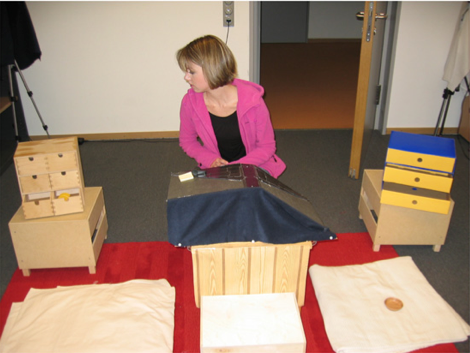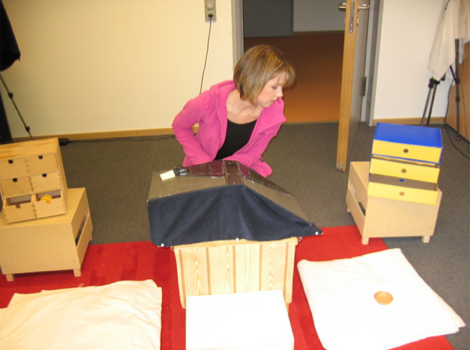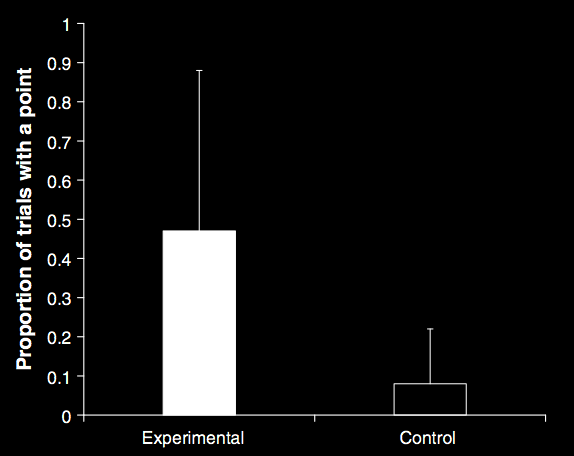Click here and press the right key for the next slide (or swipe left)
also ...
Press the left key to go backwards (or swipe right)
Press n to toggle whether notes are shown (or add '?notes' to the url before the #)
Press m or double tap to slide thumbnails (menu)
Press ? at any time to show the keyboard shortcuts
Pointing: Reference and Context
From around 11 or 12 months of age, humans spontaneously use pointing to ...
- request
- inform
- initiate joint engagement (‘Wow! That!’)
From around 11 or 12 months of age, humans spontaneously use pointing to ...
- request
- inform
- initiate joint engagement (‘Wow! That!’)
Let's have a look at the evidence for informative pointing.

Liszkowski et al 2008, figure 3

Liszkowski et al 2008, figure 3

Liszkowski et al 2008, figure 5
Subjects are 12-month olds.
Fig. 5. Experiment 2. Mean proportion of trials with a point in the experimental (E is ignorant)
and control (E is knowledgeable) conditions.
From around 11 or 12 months of age, humans spontaneously use pointing to ...
- request
- inform
- initiate joint engagement (‘Wow! That!’)
Why is this significant?
Because it implies that infant pointing is not just a matter of getting you to do
things for the infant, nor of getting you to do things with the infant.
Instead it can be used where the infant has no expectation that you will do anything
with or for the infant.
And this matters because it constrains how an infant could understand pointing.